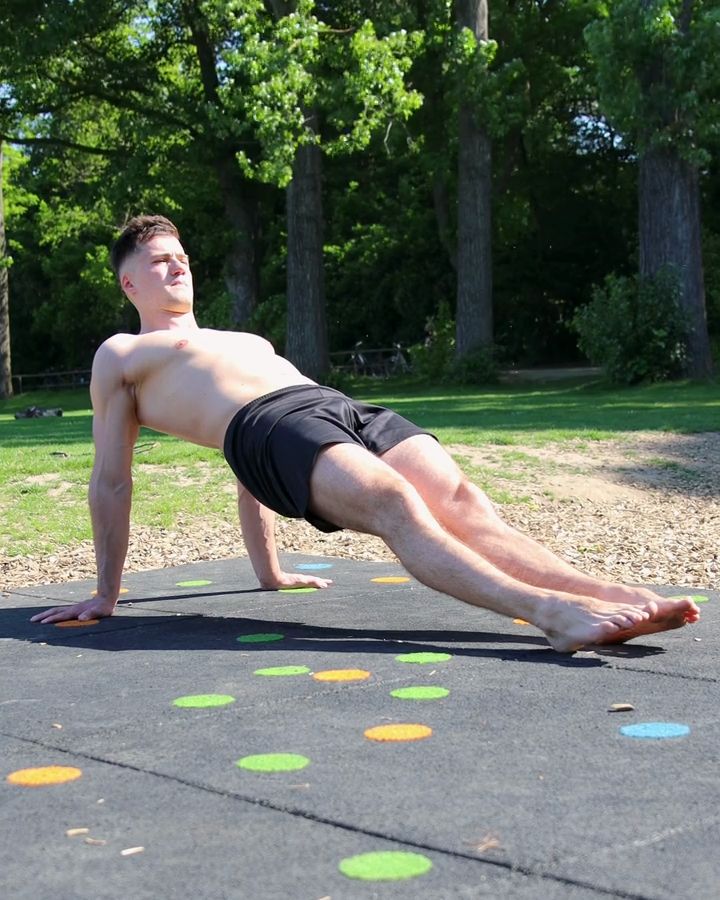Push Up Hold
The static push-up, also known as the push-up hold, is an isometric exercise. In this exercise, you maintain the push-up position without moving up or down as you would in classic push-ups. This exercise is particularly effective for training the upper body, as it requires you to maintain tension over an extended period. The static push-up challenges not only your strength but also your endurance and mental toughness.
Necessary equipment
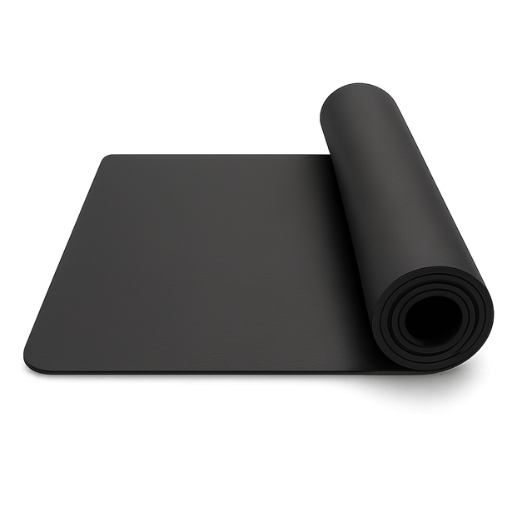
Push Up Hold - the correct execution
- Start in a pushup position
- Your whole body builds a straight line
- push out from your shoulders and pull your shoulder blades apart
- Tilt your pelvis back (PPT)
- Pull your belly button towards your spine
- Keep tension in core and glutes
The exercise Push Up Hold is intended to be used as a hypertrophy, warm up exercise.
Which muscles are trained by Push Up Hold?








Primary trained muscles for Push Up Hold
Front Delts - The front part of the deltoid muscle, also known as the anterior shoulder, is located at the front of the shoulder. It is primarily involved in the forward movement of the arm, such as lifting the arm forward. It also assists in the internal rotation of the arm. This muscle is engaged in activities that involve lifting objects in front of the body or pushing forward.
Abs - The rectus abdominis, also known as the "abs," runs vertically along the front of the abdomen. It is responsible for bending the torso forward, such as during sit-ups, and lifting the pelvis. This muscle stabilizes the torso, supports the spine, and helps maintain good posture.
Secondary trained muscles for Push Up Hold
Triceps - The triceps brachii muscle is located at the back of your upper arm. It extends your arm at the elbow and also helps move the arm backward.
Alternative variants of Push Up Hold:
Push Up Hold with gym rings
Due to the instability of the gymnastics rings, the static push-up becomes significantly more challenging, as you also need to stabilize the rings. This variation activates the muscles even more.
Necessary equipment
Push Up Hold with gym rings - the correct execution
- Start in a push up position
- Arms are extended
- Shoulders are over the rings
- Your body forms a straight line
- Ensure maximum tension in core and buttocks
Push Up Hold RTO with gym rings
An advanced variation of the classic push-up on gymnastics rings is the Rings Turned Out (RTO) push-up. In this variation, you turn the rings outward during the push-up, making the exercise even more challenging. The RTO aspect increases the load on the shoulders, forearms, and chest, as you not only work against your body weight but also actively stabilize the rings and control the outward rotation. This variant demands even greater muscle activation and significantly improves shoulder stability.
Necessary equipment
Push Up Hold RTO with gym rings - the correct execution
- Start in a push-up support position
- Arms are fully extended
- Core and glutes are tensed to the maximum
- Shoulders are deep
- Turn the hands up so that the palms face forward
- Turn only as far as it is controllable for you
This could also be interesting
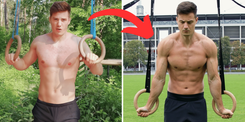
Calisthenics Body Transformation – How to Build a Strong, Lean, and Athletic Physique
Transform your body with Calisthenics! Build muscle, burn fat & achieve a shredded physique with bodyweight training. See real before & after results!

The Best Fitness Apps in 2025: Our Top 10 Recommendations
Don’t miss the best fitness apps of 2025: surprising favorites, free options, and perfect tools for your workouts. Find the ideal app today!
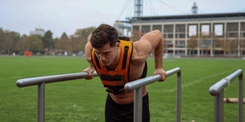
Complete Calisthenics Skills List – 40+ Exercises from Beginner to Pro
Which calisthenics skills should you learn first? And which ones will really help you progress? In this article, you’ll find a complete list of over 40 exercises – from the very basics to the toughest moves for professionals. Each exercise comes with instructions, so you can immediately integrate them into your training.
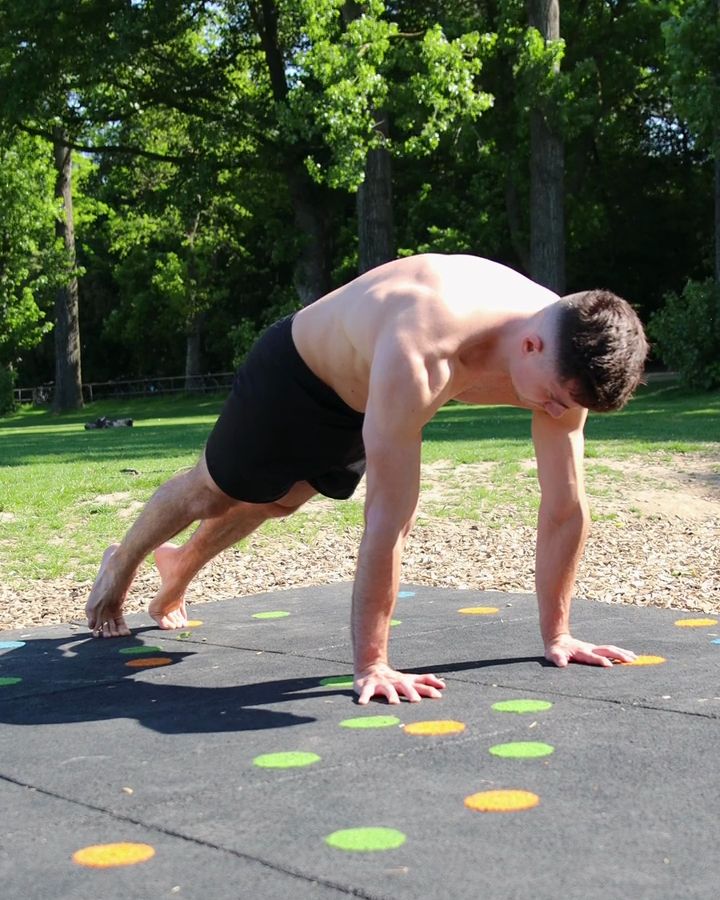



~e5724973d14549c23ea8a586b5736b36.png?alt=media)

